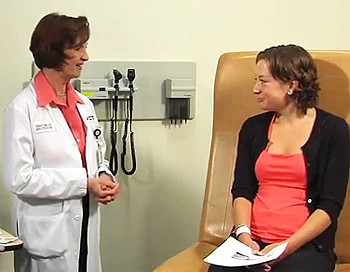
Cancer treatment often involves receiving chemotherapy, medications, blood products, and fluids. These products are usually given through a needle inserted into a vein. Today, many cancer patients have a central line, which helps them receive medications more easily.
If you have a central line, your doctor or nurse will teach you how to care for it, and how to disconnect it from any medications you are getting at home. Knowing the correct procedures is essential to preventing infection.
There are many types of central lines. Each one has its own instructions for home care.
Central Line Catheter Information Sheets
These information sheets offer helpful guidance on how to care for a central line catheter. However, they are not meant to take the place of conversations with members of your health care team about your treatment and effects you may experience during and after the use of a central line. Please speak with your doctor or nurse if you have questions or experience problems with your central line catheter.
Hickman Catheter
- Getting Your Hickman Catheter
How to prepare when you need to get a Hickman catheter inserted. - Caring for Your Hickman Catheter
Your Hickman catheter is covered by a sterile dressing that needs to be changed periodically.
Watch a video demonstrating how to change the dressing on your Hickman catheter.
PICC Catheter
- PICC Catheter Patient Guide
Care tips for your Peripherally Inserted Central Catheter (PICC), a special IV catheter that is put in an arm vein and ends in a large vein.
Caring for Your Central Line Catheter (PICC or Hickman)
- Living with Your Central Line Catheter
Care for your catheter every day to prevent problems. - Flushing Your Central Line Catheter
Each lumen of your central line catheter needs to be flushed once a day with normal saline. - Changing Your Central Line Catheter Cap
The catheter cap on each lumen of your central line needs to be changed once a week.
Port-A-Cath
- Patient Guide to the CADD Solis VIP® Infusion Pump
This guide on using a CADD pump includes information on how to disconnect a CADD pump and flush your Port-A-Cath. You should only do this procedure if instructed to do so by a member of your health care team.